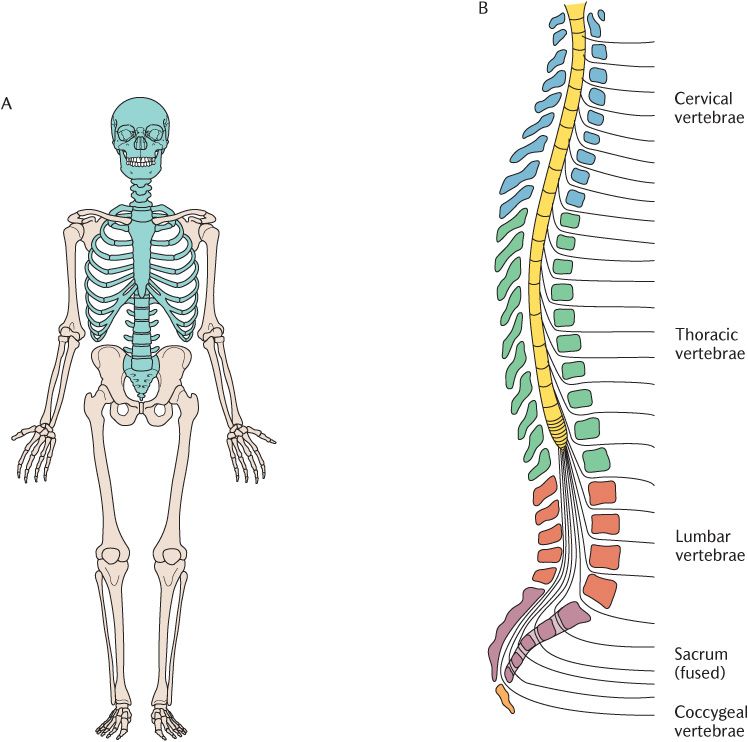The locomotor system, also known as the musculoskeletal system, is a complex network of bones, muscles, joints, ligaments, and tendons that work together to provide structure, support, and movement to the human body. This intricate system enables activities such as walking, running, lifting, and other forms of physical exertion, playing a fundamental role in maintaining mobility, stability, and posture.
The locomotor system is subject to various disorders and conditions that can affect its structure and function, leading to pain, stiffness, weakness, reduced range of motion, and functional impairments. These disorders can arise from a multitude of factors, including traumatic injuries, degenerative changes, inflammatory processes, congenital abnormalities, metabolic imbalances, and systemic diseases.
One significant group of disorders affecting the locomotor system includes musculoskeletal injuries, which can result from acute trauma, repetitive strain, or overuse. Injuries such as fractures, sprains, strains, dislocations, and ligamentous tears can cause pain, swelling, instability, and limitations in movement, requiring prompt medical intervention, rehabilitation, and supportive care to facilitate recovery and prevent long-term complications.
Degenerative conditions, such as osteoarthritis, osteoporosis, and degenerative disc disease, are also common among disorders affecting the locomotor system, particularly with advancing age. These conditions involve gradual wear and tear of joint cartilage, bone, and intervertebral discs, leading to pain, stiffness, joint deformities, and functional limitations that can significantly impact quality of life and mobility.
Inflammatory disorders, such as rheumatoid arthritis, ankylosing spondylitis, and systemic lupus erythematosus (SLE), can affect multiple components of the locomotor system, leading to joint inflammation, synovitis, tendonitis, and bony erosions. These conditions often involve autoimmune responses and systemic manifestations, requiring comprehensive management strategies aimed at controlling inflammation, preserving joint function, and improving overall well-being.
Additionally, metabolic disorders, such as gout and Paget’s disease of bone, can affect the locomotor system by causing abnormal bone metabolism, mineralization, and remodeling processes. These conditions may result in joint pain, swelling, deformities, and increased susceptibility to fractures, necessitating dietary modifications, medications, and lifestyle changes to manage symptoms and prevent disease progression.
Diagnosing and managing disorders of the locomotor system typically involve a comprehensive approach, including detailed medical history assessments, physical examinations, imaging studies (e.g., X-rays, CT scans, MRI), laboratory investigations (e.g., blood tests, joint fluid analysis), and, in some cases, specialized diagnostic procedures (e.g., arthroscopy, bone density testing).
Treatment strategies for locomotor system disorders aim to alleviate symptoms, improve function, and prevent complications, often involving a combination of conservative therapies (e.g., rest, physical therapy, orthotic devices, pain management), pharmacological interventions (e.g., analgesics, anti-inflammatory drugs, disease-modifying agents), and surgical interventions (e.g., arthroplasty, fracture fixation, spinal fusion) tailored to the specific needs and goals of the individual patient.
Through ongoing research efforts and advancements in medical technology, there is hope for improved understanding, early detection, and personalized treatment approaches for locomotor system disorders, ultimately leading to better outcomes and enhanced quality of life for individuals affected by these conditions. Additionally, education, awareness, and preventive measures play crucial roles in promoting musculoskeletal health and reducing the burden of locomotor system diseases on individuals and society as a whole.









